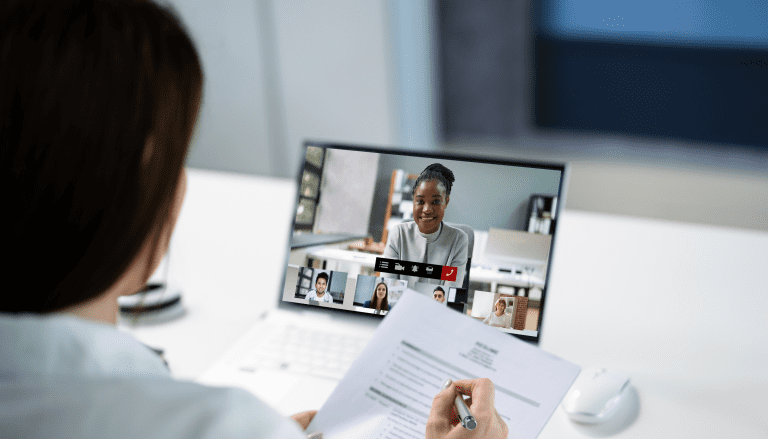So far the effects of Artificial Intelligence (AI) have been slow to reveal themselves in businesses in South Africa but the scale of the oncoming change is starting to become apparent overseas.
AI’s influence is growing in the workplace and will bring substantial change to South African offices in the next few years as machine learning, task automation and robotics are increasingly used in business.
The ability of computers to learn, rather than be programmed, puts a wide range of complex roles within reach of automation for the first time.
Bots and virtual assistants
As machine-learning trained systems gain the ability to understand speech and language, so the prospect of automated chatbots is becoming a reality.
One example is UK electronics retailer Dixons Carphone, which used the Microsoft Bot Framework and Microsoft Cognitive Services to create a conversational bot.
Google demonstrated the potential of chatbots last year with its demo of its Duplex system. Duplex rang up businesses such as a restaurant and a hairdressers booking an appointment while sounding and behaving enough like a human.
Household names are also muscling into the area of creating a virtual assistant for the enterprise space like Amazon’s Alexa for Business. With many AI-assisted technologies, the aim of using chatbots and virtual assistants appears to be either making existing employees more effective or replacing manual roles.
Workplace Sensor technology and analytics
Huge amounts of data can now be collected from inexpensive sensors applied to smart decisions. For example, South African workplace sensing technology company MakeSense allows businesses to accurately assess just how much of their workplaces they actually use, likely saving a lot of money in the process.
It works by placing small sensors around the office which analyses peoples’ movement.
Workspace occupancy sensing technology helps businesses understand how desks, meeting rooms and break out spaces are used in extraordinary detail. For example on average 40% of people don’t turn up to meetings so many meetings room are probably too big and are wasted space and cost.
Machine vision in the workplace
Machine vision is an area of AI that could allow the automation of many manual roles that until recently would have been considered too complex for a computer system to handle. A case is point is Amazon Go, a grocery store where shoppers just pick up what they want and walk out of the shop with their goods. The system works by using cameras dotted throughout the store to track what each shopper picks up. The shopper is charged when they leave, via an Amazon app on their smartphone.
Robots in the workplace
Robots are nothing new in the workplace, having been a fixture in car manufacturing plants for decades. But what’s different today is that robots are beginning to be used for less repetitive and predictable tasks. Robots can increasingly cope with a greater deal of uncertainty in their environment, broadening the tasks they can take on and opening the possibility of working more closely alongside humans. Amazon again is leading the way in using robots to improve efficiency inside its warehouses. Its knee-high warehouse robots carry products to human pickers who select items to be sent out.
Robotic Process Automation
Back office tasks like data entry, accounting, human resources and supply-chain management are full of repetitive and semi-predictable tasks. Increasingly, Robotic Process Automation (RPA) software is used to capture the rules that govern how people process transactions, manipulate data and send data to and from computer systems, in an attempt to then use those rules to build an automated platform that can perform those roles.
Change is therefore coming to all workspaces all around the world; the trick will be getting AI to help business grow and work well with humans.
Isla Galloway-Gaul is the Managing Director of Inspiration Office.


























